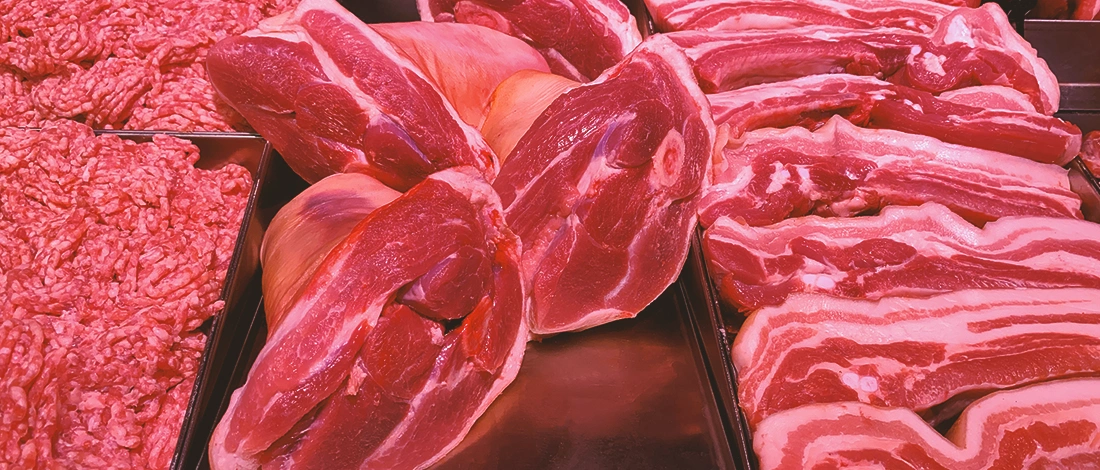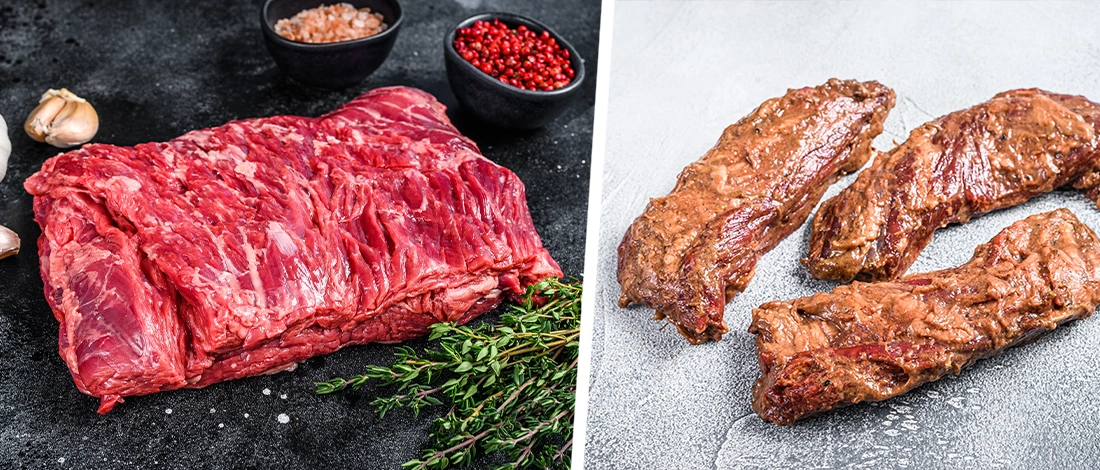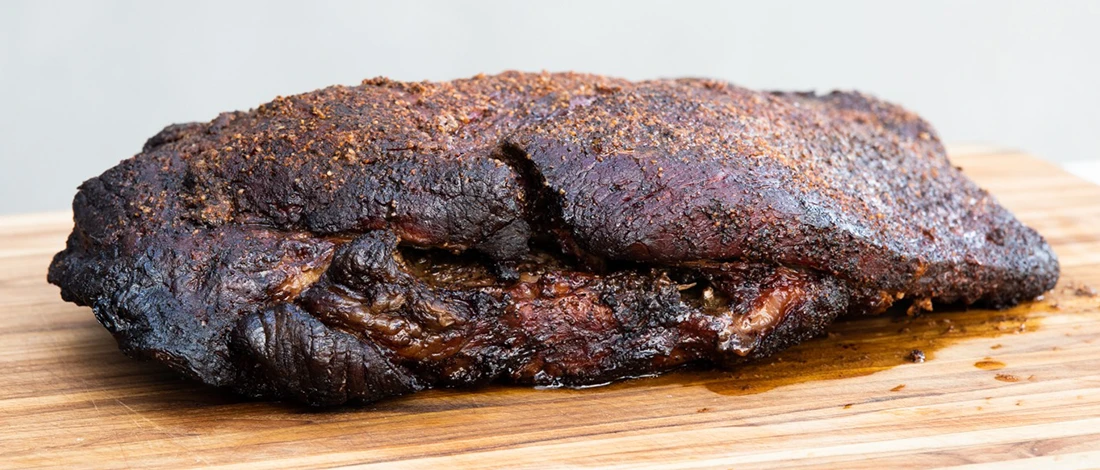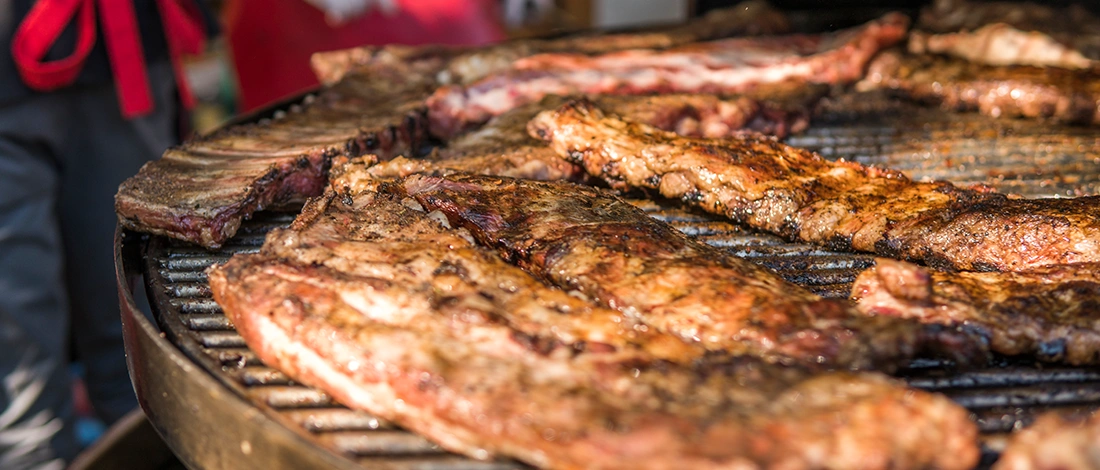Having spent many summer breaks on my grandfather’s fish farm, I picked up a few things about fish farming, harvesting, and processing.
Over the past few weeks, I visited a couple of agricultural fish farms to seek more expert knowledge on fish grading, how it's done and why it's important.
Stick around to find out more and get some expert tips for buying the best quality fish.
Quick Summary
- Fish grading is a process of sorting and categorizing fish based on certain qualities.
- Fish grading is an important process that limits cannibalism and boosts production.
- Fish with clear, bright eyes and moist gills are considered fresh.
The Process Behind Fish Grading

Commercial fishing entails numerous steps between the fisheries and the end consumers. And grading is one crucial step in this process.
Using the right fish grading equipment makes it possible for the farmer to increase profits because prices will vary depending on the fish size.
If sorting or grading is not done during processing, it distorts the appearance and quality of the shipment.
5 Methods Of Fish Grading
Different fish grading methods vary depending on the number and size of fish and manpower available. But here are 5 of the most commonly used methods.
1. Manual Grading
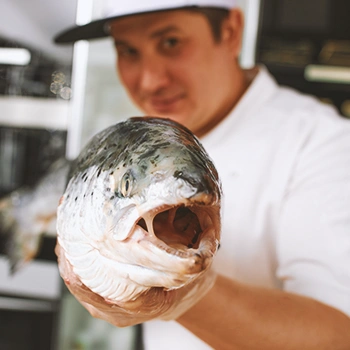
Manual grading enables the producer to scrutinize each fish for particular qualities visually [1].
The time it will take to hand grade increases exponentially in direct proportion to the number of characteristics chosen.
Some farmers use a grading table constructed from smooth plastic framed in bamboo wood with holes at each corner and a bucket filled with water underneath.
This fastens the grading process a little more to save time and enhance the productivity of hand grading.
Each fish is placed on the grading table, and the farmer looks for specific characteristics, like size and color, that quality the fish to be sellable. The unsellable fish is returned to the water-filled buckets and later to the ponds.
2. Mechanical Grading
Fish farmers use special fish grading equipment called graders to sort large numbers of fish into preferred size groups quickly. This fish grading method is efficient and reduces the amount of time required for size grading.
A mechanical grader is a crate-like box with a grate(s) with floating material attached to the edges that enable the grader to float on the water.
It's made of galvanized aluminum metal to prevent rusting as it'll be in contact with water and moisture most of the time [2].
When placed on a water surface, the grader grates allow tiny fish to swim through while bigger fish are captured. The bars inside a grader will determine the size of fish retained during grading.
To fasten this procedure, you can gently sway the grader up and down or sideways in the pond.
3. Grading Using Calibrated Container
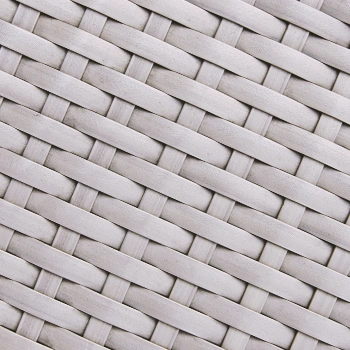
This technique is efficient for smaller fish because they are more delicate and tough to manage than larger fish.
The idea is to put a group of fish in a container filled with water, where the smaller ones can fall through or swim away through specific-sized holes drilled in the containers.
You can use different containers with uniform drilled holes for this method, including a woven bin, plastic basin, meshed box, or wooden crate.
It’s best to keep the container in moving water so that the small fish that escape can safely swim away in the water.
Grading a large fish stock with different-sized species requires using a series of large and small mesh containers that fit into one another.
It is done by placing the giant-sized mesh in the middle, followed by the medium, and then the smallest-sized one on the outside. This allows for a widespread grading from large, medium, and small to juvenile fish [3].
4. Net Grading
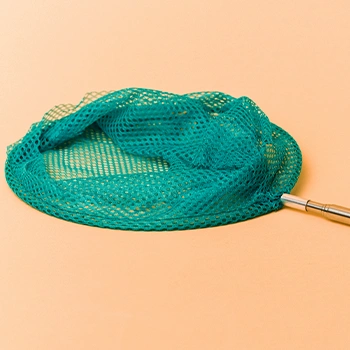
Another simple method for grading live fish is using a set of nets with different mesh sizes. This method is handy for grading vast quantities of tiny fingerlings before stocking.
This method combines a series of dip nets to make a portable grading system that is portable and useful for fish pond sites that are in distant locations.
The nets are spread and let to rest over each other with the largest meshed size at the top, followed by the medium one and the smallest meshed one at the bottom.
Fish is then poured over the net and allowed to swim through the mesh; generally, the smallest fish will flow through to the bottom of the tanks, while large fish will float on the first net.
5. Grading Panels
This grading method relies on the ability of fish to swim against the direction of water flow.
To effectively use this method, ensure there's good water current and then place your panels at different intervals starting with the small panel on the upstream and the larger panel on the other extreme downstream.
The idea is that large fish like tilapia cannot swim against the water flow; hence, they will be trapped by the large panel. While smaller fish can immediately swim through against the flow, they'll be caught upstream by the small mesh panel.
3 Qualities For Grading Fish

After using the fish grading equipment, the fish are graded further based on these three qualities.
1. Size
Fish are graded based on their size group, and this is probably the easiest way to sort fish. There are both large and small fish that are sellable, depending on maturity.
Larger fish weigh more in the transport box and are more expensive and profitable than tiny fish. This is because large fish can offer different meat cuts that can be sold separately.
2. Species
With over 33000 species of fish, grading based on this quality requires some expert skills[4].
Grading fish by their species is mainly done under large-scale fishing in large water bodies, where each harvest scoops a large stock of fish with various species.
The most common fish species include tilapia, catfish, trout, and eel, to mention a few.
3. Freshness
Grading the freshness of fish is done after each harvest. The producer examines how fresh the fish is based on the smell, texture, and firmness of the meat.
Assessing the freshness before selling to the customers is part of the quality control protocol to ensure quality and healthy fish are made available to the public consumers.
The Importance Of Grading Fish

Fish grading is time and labor-intensive, but it exists for several reasons.
Reduces Cannibalism
Cannibalism refers to fish eating each other. It increases when the fish are left in the pond bank for an extended period without routine sorting [5].
This always results in scarcity for the fish farmer because the total of fish sold at the end is less than the initial fish stock.
To avoid cannibalism, fish grading is performed regularly. This allows fisheries to put the appropriate number of fish in the good size pond.
Boosts Production
When grading fish regularly, you'll get to notice the fish type that tends to mature faster than the others.
This presents a good production opportunity as it maximizes fish stock based on the kind with a faster maturity.
This translates to more fish being sold over a short time, increasing the profit margins in the long haul.
Proper Feeding
Grading fish allows you to carry out proper feeding depending on the size and maturity of different fish in the various ponds.
If you select and group fish accordingly, it becomes easier to know what feeds to give a specific fish size and when appropriate feeding.
Easy Fish Stock Monitoring
Fish grading enables you to monitor your fish stocking and keep a count of numbers.
If you’re making a living as a fish farmer, it's essential to know the quantity of stock you started with and the amount you're selling to consumers. This is a great way to keep tabs on your profit trajectory.
4 Tips For Buying Good Quality Fish
Here are four pointers to ensure you buy the best quality fresh fish.
- Eyes: Fresh fish should have bright and clear eyes. If you notice fish with sunken, botched eyes, it would be best to stay away from such.
- Smell: When selecting fish, sniff to check for any pungent smell. Fresh fish has a natural mild sea smell. If you smell any funny or foul odor, it could be that the fish is old, rotten, or spoiled.
- Flesh: The flesh of fresh fish should bounce right back when touched. The skin should have a natural metallic shimmer and not appear dull. The skin's outer layer must be tight, and the scales may be closely tethered. Ruptured skin or torn scales may indicate rotting fish.
- Gills: When inspecting the gills, always look for a bright reddish or pinkish color. Fresh fish also has wet gills and is not dry or slimy. If the gills are slimy, this can indicate it has bacteria and is probably rotten.
"Rather than doggedly following fish food recipes, select the best-looking fish in the store and use it. Choose the brightest eye and the most gleaming skin"
- Rick Stein, Chef
Related Articles:
FAQs
What Are The Advantages Of Fish Farming?
The advantages of fish farming are constant fish supply, protection of marine life, and stable income source.
How Do You Sort And Grade Fish?
You sort and grade fish using different methods such as manual or net grading.
Why Is Fish Monitoring Important?
Fish monitoring is important because it helps you to check on the stock for any issues.
Can We Sort Catfish?
Yes, we can sort catfish through net fishing because it's a small type of fish.
References:
- https://edis.ifas.ufl.edu/publication/FA118
- https://wkrec.ca.uky.edu/files/391fs.pdf&ved=2ahUKEwi9iqrniI35AhUM4Ro
- https://www.fao.org/fishery/docs/CDrom/FAO_Training/FAO_Training/General/x6709e/x6709e12.htm
- https://www.britannica.com/animal/fish&ved=
- http://aquaculture.ca.uky.edu/sites/aquaculture.ca.uky.edu/files/srac_0391_sorting_and_grading_warmwater_fish_0.pdf&


